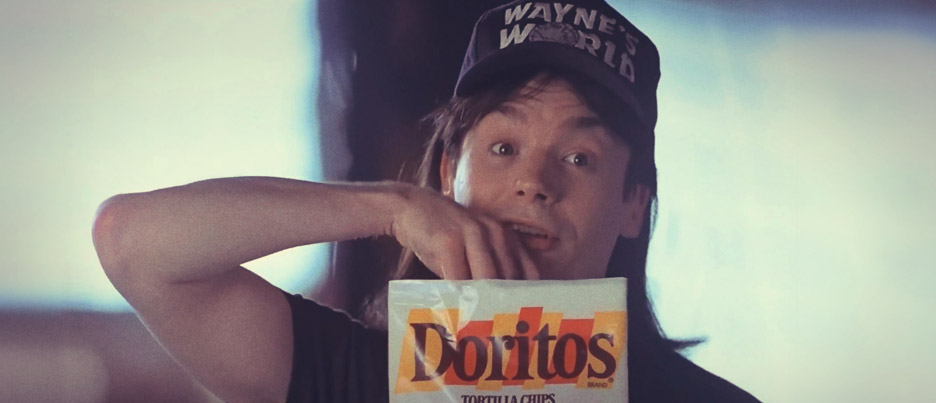Life on Earth® (the brand)

I always attempt to describe brands as entities so complex, they rival human physiology. With fears, goals, strengths, weaknesses and so on, well-orchestrated brands use personas so adeptly, they feel like friends and neighbors. Before any one of us knew it, we found a friend in Coca-Cola, we have relationships with our Apple device, our Banana Republic shirt and our Mini.
Simply ask those around you about their own life.
Few people would say:
“I woke up, had some breakfast cereal, watched a morning television show before driving my automobile to work. I sat down at my desk, opened my laptop and used a photo manipulating software program on some photos before we ordered sub-sandwiches for lunch. In the afternoon, I hopped on a social network before finishing an interactive computer-based presentation. Later, I’m going to meet a friend at a coffee shop and hit a multi-purpose store for some plastic storage bags. Before I go to bed, I’ll speak to my mom using a video-based telephony app and watch a video streaming service for a little entertainment.”
Most would say:
“I woke up, had some Cheerios, watched some Today Show before driving my Jeep to work. I sat down at my desk, opened my MacBook and Photoshopped some photos before we ordered Jimmy John’s for lunch. In the afternoon, I hopped on Facebook before finishing a PowerPoint. Later, I’m going to meet a friend at Starbucks and hit Target for some Ziplock bags. Before I go to bed, I’ll Facetime my mom and watch a little Netflix.”
And no surprise, it’s not only easier and more efficient to refer to brands instead of their longer, descriptive non-brand names; it’s easier because we have relationships with these brands. We give purpose to these brands, thereby giving purpose to our lives.
Brands have penetrated so deeply into our minds, they have obvious financial value. They have created assets within our brains and hearts though brand awareness, beliefs of exclusivity and superiority of some valued benefit, and, of course, emotional bonding.
Bottom line: as humans, we build value first by emotional enticement followed closely by the rationalization of those emotions. Thank you Mr. Maslow. And we will gladly pay $30,000 for a Mini that is worth $20,000 in functional value. This is a classic example of brand equity. And with enough time, communication and a unique idea, you can build a great deal of it yourself.
You could say that putting your brand into the human dialogue is almost formulaic. Know who you are. Be relevant. Engage your audience. (Maybe call us first.)

